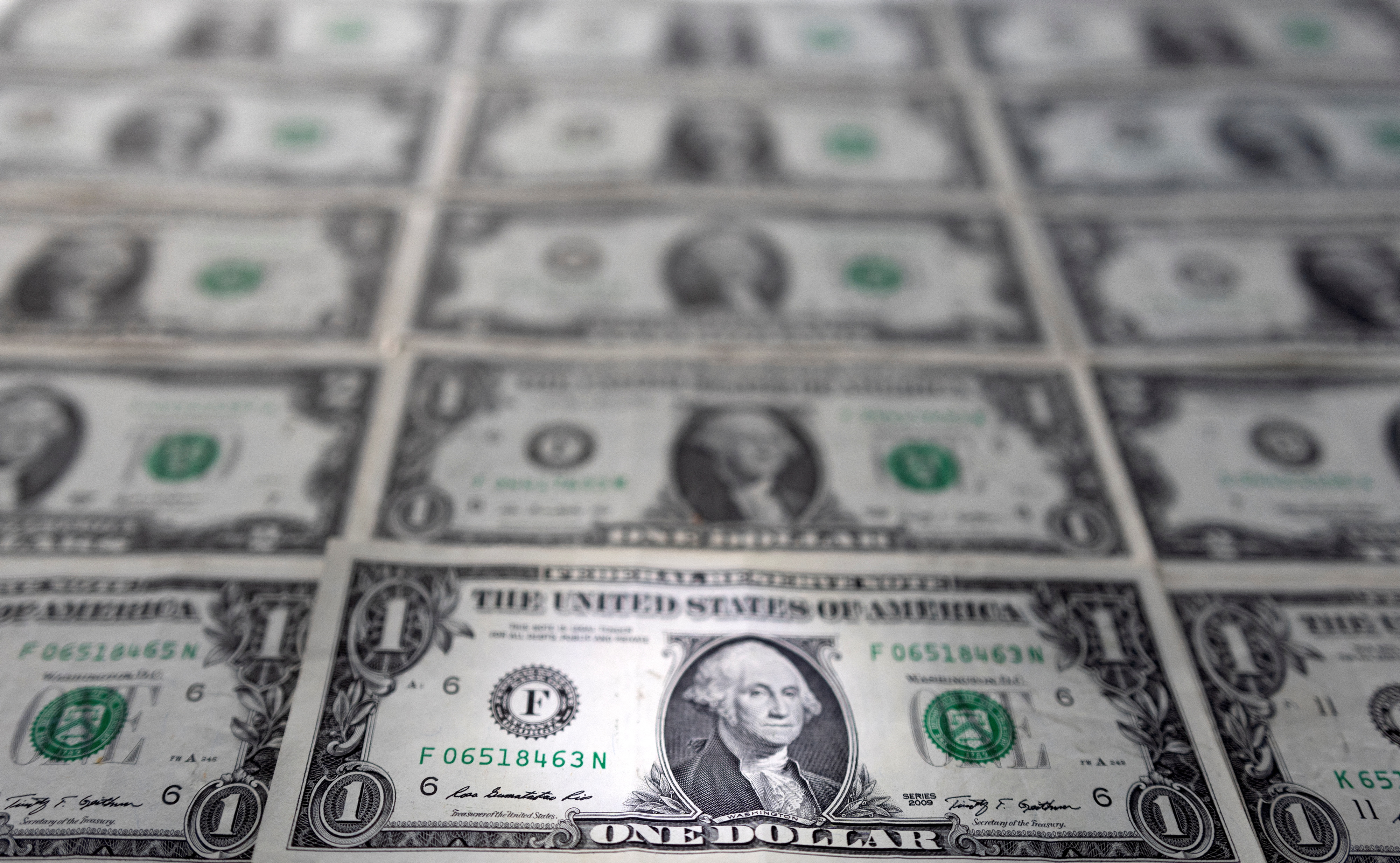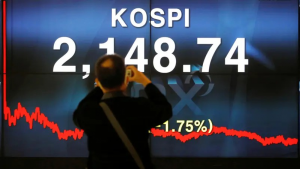Investors in the $23 trillion U.S. Treasury market are slicing up orders and switching to more easily traded issues, adapting to navigate periodic illiquidity that looks to get worse as the U.S. Federal Reserve reduces the size of its bond portfolio.
The Fed kicked off "quantitative tightening" (QT) in June, letting its bonds reach maturity without buying more. The exit of the Treasury market's largest buyer and uncertainty over future rate hikes to fight soaring inflation have led to wild price swings. Many investors have changed trading patterns, while others stay on the sidelines, according to more than half a dozen traders and investors interviewed by Reuters.
"If you're trying to move larger sizes, even $50 million or more, you're probably going to have to do it in smaller bite sizes," said Calvin Norris, Portfolio Manager & US Rates Strategist at Aegon Asset Management.
He said investors increasingly prefer to trade recently issued "on-the-run" Treasuries which are more liquid than older "off-the-run" ones. Liquidity is also poor for more niche products such as Treasury Inflation-Protected Securities.
The Treasuries market is the world's largest bond market and serves as a global benchmark for a swathe of other asset classes, making its price gyrations especially worrying.
Measuring liquidity by looking at the size and persistence of unexploited arbitrage opportunities in the Treasury market, investment bank Piper Sandler estimated last month the market to be "the most illiquid it has been over the past 20 years, except of course for the Great Financial Crisis." The following graphic is reproduced from Piper Sandler's research.
Trading volume has held up this year, averaging at about $630 billion per month in total. But investors said liquidity - the ability to trade an asset without significantly moving its price - has worsened.
Andrew Brenner, head of international fixed income at National Alliance Securities, said that transactions of, for instance, $100 million, need to be broken down into either $25 or $50 million to be able to trade without moving prices.
"You have to break it down or you move markets against you," he said.
When trying to trade less liquid products, some investors said they had struggled to find dealers willing to offer quotes.
Michael Kushma, chief investment officer of Global Fixed Income at Morgan Stanley Investment Management, said at some points this year his firm had to switch out the bonds they were trying to sell, as the bid discounts dealers were offering were too steep.
So far the Fed has allowed about $70 billion of Treasuries to mature and roll off its nearly $9 trillion balance sheet, which it plans to reduce at nearly twice the pace it did from 2017 to 2019.
When the pandemic hit, the Fed bought up to $80 billion Treasuries a month to pump up the economy, but now it will ramp-up Treasury roll-offs to as much as $60 billion each month.











